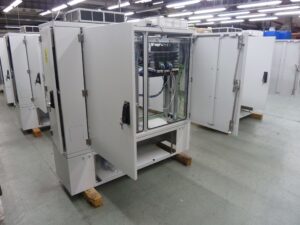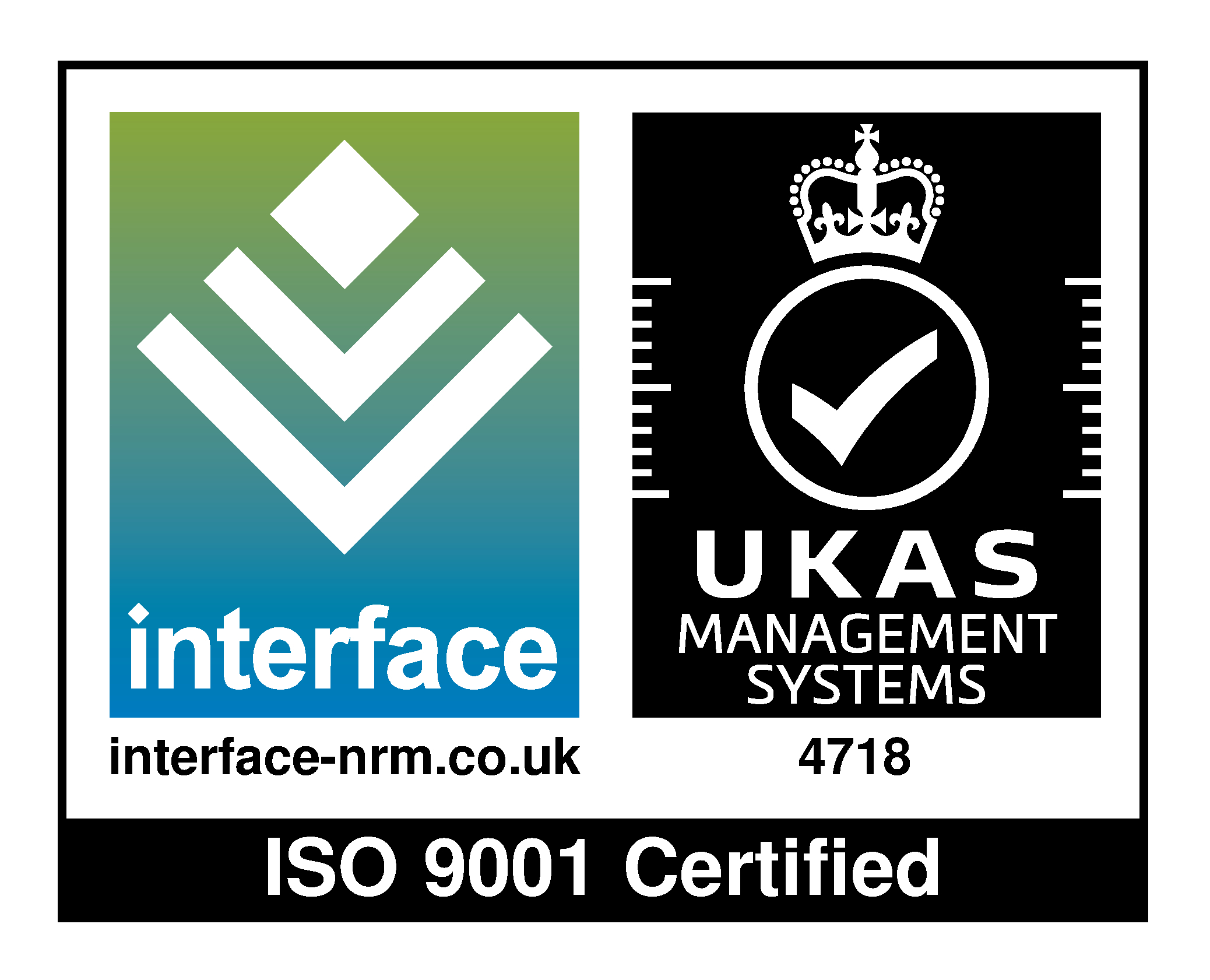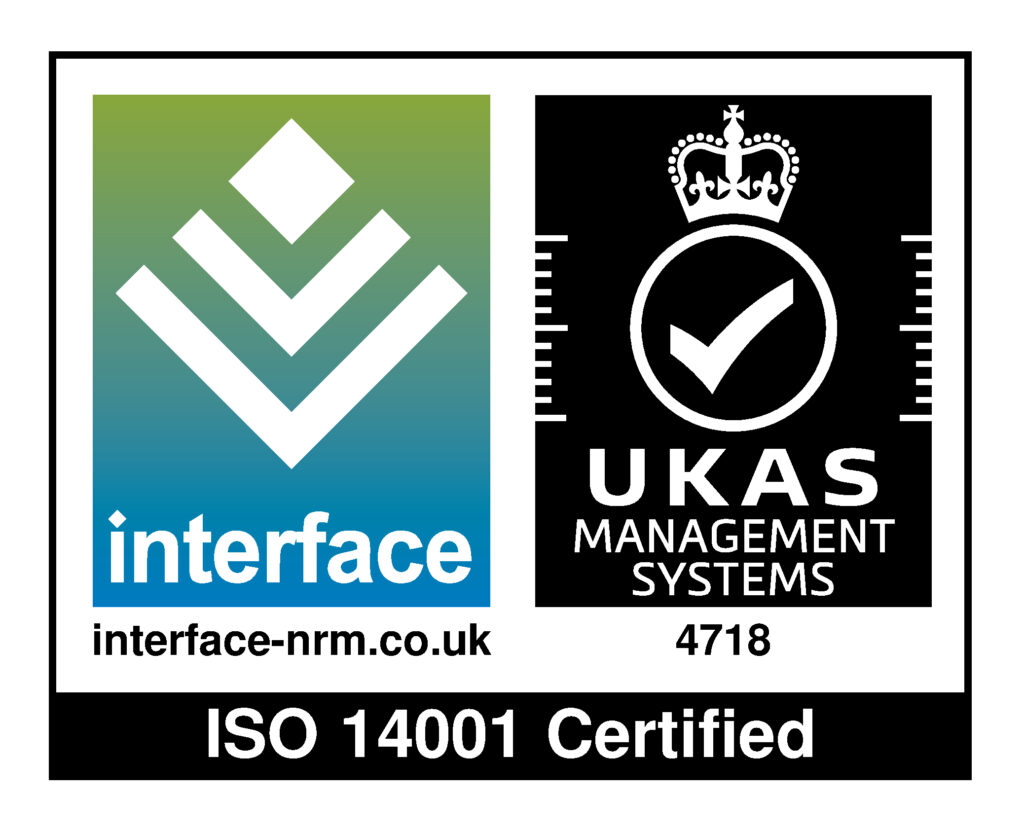Telecommunications infrastructure is ubiquitous. It is everywhere, across all aspects of our lives and one thing that we all know about electronics is that they can and do fail. Power outages alone can mean that everything grinds to a halt. But what if communications failure is not an option? When you need communications infrastructure to be continually available, for example, in safety critical environments such as a nuclear power plant or in transport networks such as rail where power outages that affect communications could result in disaster?
This is where an understanding of fundamental design engineering principles come into play.
One of the first considerations when designing robust cabinets is the material used for the exterior, for which there are several options. As an example, polycarbonate can be highly advantageous, since it shares similar strength properties to metal and is flame resistant, giving cabinets better durability and a longer product life. Polycarbonate also has no effect on radio frequency (RF) signals, allowing 4G and 5G signals to pass through even when operating in extreme environments.
In addition to having a flame-resistant exterior, whether that’s metal or polycarbonate, it’s also important to protect the cable loom assemblies inside the cabinet from extremes. Whether this overheating or seismic shock. CHH CoNeX has responded to this by taking the basics for the design and using our extensive knowledge to create an enhanced solution for our cabinet integrations.
First of all, knowing the environment in which the cabinets are going to be situated is key to sourcing the right materials for the housing or enclosure. What type of base will the cabinet require, and what extremes of temperature will it have to endure, while remaining fully operational?
There are many variables to consider and it’s only through our decades of engineering excellence that we can come up with the right solutions, whether this is achieving greater air flow through intelligent design in order to keep the electronics integrated into the cabinets cool or designing the integrations in such a way they can withstand vibration shock. This might be a potential seismic shock or it might be withstanding sustained vibrations over a period of time such as trackside on rail.
The true test is when power fails but the communications infrastructure within a large plant needs to continue to avoid disaster. This requires a depth of understanding of engineering principles, physics and spatial configurations that ensure optimum operational effectiveness and efficiency. Back-up comms systems become safety critical criteria in these circumstances as a fail safe to ensure effective communication can still be relayed to essential staff.
In safety critical environments, regular maintenance is also vitally important. Service engineers need easy access to the cabinets and enough space to manoeuvre when carrying out essential maintenance. The increasing densification of cabinets where a greater number of cables and electronics are integrated inside a cabinet further complicates this and requires continual design engineering expertise to ensure good airflow as well as easy access. No mean feat.
At CHH CoNeX, the fundamental design engineering principles and complex engineering techniques really do take our cabinets to the next level. Our aim is to ensure our cabinets enable optimum levels of connectivity at all times, even during disasters where our equipment can quite literally save lives.







